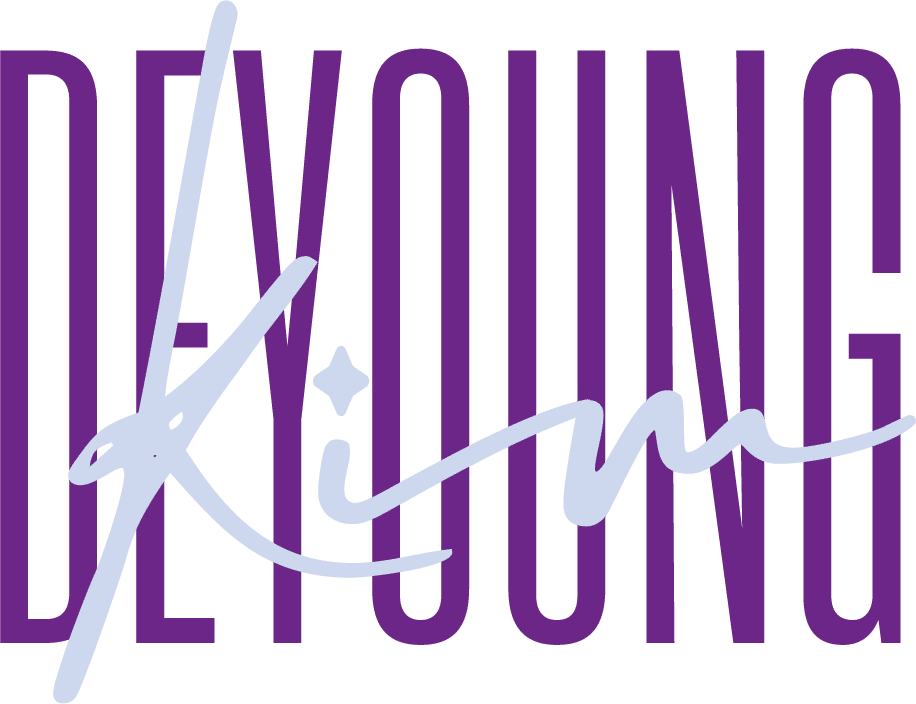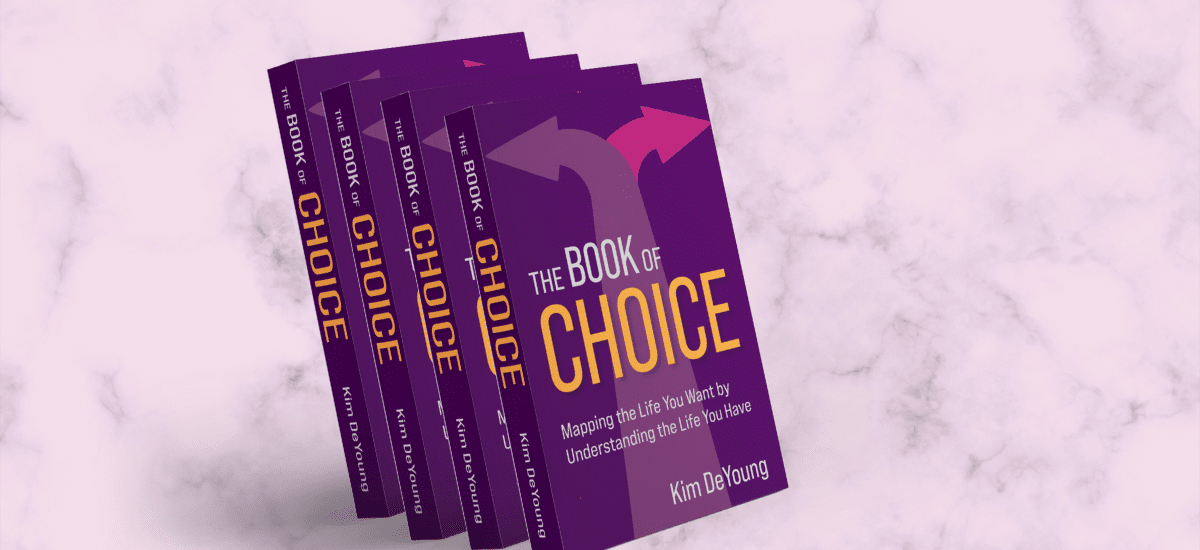During year one, twenty-nine fascinating people embarked on a mapping journey with me, eagerly saying yes to my question, would you like to explore a choice? None knew what the process entailed, but each answered the intuitive questions that channeled through me with grace and without resistance. They shared experiences, feelings and thoughts which may never have been voiced before, and it is through their stories that the book has come to life.
Having the inspiration and the idea for a book was one thing—writing it was entirely another. It truly takes a village.
Iteration 1: “I’m not a writer”
A year into my mapping adventure, I decided it was time to start writing my book rather than just dreaming about it. Not believing I was a writer, I hired Kate, the most perfect coach for me at that time. Without knowing what our process would be, I freely jumped into my writing journey, trusting she’d guide me along the way.
I made it clear to Kate that I was not a writer. “I’ll be the judge of that,” she staunchly declared.
Kate provided me with short writing prompts and instructed me to write for no more than twelve minutes. Each Monday through Thursday, in my quaint local coffee shop with a frothy cappuccino and my favorite music, I committed to writing before I did anything else. With my earbuds in place, I’d shut out the world and type for twelve minutes. Through Kate’s prompts, I developed a rhythm of my writing journey and letting my thoughts flow without purpose, without a destination and without judgment. I didn’t worry about what I was writing—I simply answered her queries, followed interesting tangents and shared my stories.
For weeks I enthusiastically woke up early to head to my creative haven. Typing for short sprints built my writing journey and muscle, and gave me confidence that a writer existed within me.
After a month of working with Kate, she suggested I begin crafting my words with the book’s message in mind. Using the maps as my springboard, my writing journey flowed and it was a glorious process to construct dialogue from the maps’ branches.
“Your words are liquid gold,” Kate says. “I want more of these stories. Keep capturing them.”
And so I did.
Iteration 2: How to Map
Two years into my writing journey, Elise entered my world.
Elise is my naturopathic physician, intuitive healer and medical detective. As we each grew intrigued with the other, I did a map for her about a professional choice she was navigating. I shared initial chapters of an early iteration of the book and she provided exceptionally insightful and thoughtful feedback.
In my usual intuitively guided way, without knowing if Elise had writing experience, I invited her to become my editor. I learned after the fact that she had a degree from Yale and had worked in developmental editing. I hired her for her heart and her passion. Not realizing she had the writing expertise that would become an unbelievable gift in what this book has become.
In previous versions of the book, the maps were essentially a footnote. As we structured and restructured the book, refining concepts to their essence, Elise made the revolutionary suggestion that I create a chapter explaining how to make a map.
This was not on my radar prior to her invitation. The idea of teaching or sharing how to map never crossed my mind—it was my private process done behind the scenes to provide people with value and a new perspective. Never did I envision anyone wanting to see my method and adopt it for themselves.
Intrigued with Elise’s idea, I created a map called How to Make a Map. As I sat perched on my own shoulder, I observed how I’d been doing what I’d been doing, a process I’d never articulated. Once I defined the mapping process, and Elise began to experiment with it herself, I realized there was something interesting at play that I must add to the book.
Iteration 3: “It can’t be everything”
Early in my writing journey I was connected to Kelly Notaras, writer, editor, and founder of kn literary. I followed her work attentively, reading and listening to her every word as if she were speaking directly to me.
Pre-pandemic and on the book’s third iteration, I scheduled a coaching call with Kelly to help me to navigate the complexity that the book had become part memoir, part process and part love story.
“It can’t be all three,” she vehemently said. “I recommend that as a first time author you focus on the process. Your memoir can come later.”
Appreciating her suggestion, I diligently got to work highlighting, editing and keeping stories that supported the mapping process, and removing personal stories that did not. I rearranged the book substantially.
Three weeks after meeting Kelly, my dad died quite suddenly and I put the book away, again.
Iteration 4: “Making the Complex Simple”
Many months later, when I had energy and a desire to skim through the manuscript, the fourth iteration took me by surprise. In my grief, I’d lost touch with the content, and this new version, stripped of many of my stories to focus more pointedly on choice and maps, felt disorienting.
I’d begun coaching with Steph Jagger, a twice published author, because I was drawn to her books, her story and her writing style. During one of our coaching calls, which had nothing to do with writing, Steph said, “Would it be helpful to you if I reviewed your manuscript?”
“Yes,” I eagerly replied.
While preparing to send Steph my manuscript, I felt deep anxiety and shared, “I think I need to redo the book and remove everything related to the maps. The whole thing feels overly complicated. The book should only be about choice, and not include anything about mapping.”
“On a scale of 1 to 10, how true is that statement?” Steph questioned.
“An 11,” I stated with absolute conviction.
“Kim, send me the book. Let me review it and then we’ll have a conversation.”
After Steph thoroughly read my pages she said, “The maps must stay, they’re your differentiating factor. However, right now, the way the book is, it’s too complex. You’re asking your reader to jump into the deep end before they’ve had a chance to wade into the shallow waters.”
“Your book needs to be pulled apart and simplified. You must bring your reader with you on a journey. You must give them a vocabulary and an understanding of your tools so that they can digest the concepts. As they get comfortable with your ideas, you can take them deeper, ultimately sharing your more detailed concepts.”
Her words were irrefutable but challenging to take in as it meant returning to my pages for a full revamp.
So began iteration five.
Iteration 5: Book Launch
How would I make what was complex simple? I asked myself. I rearranged the book per Steph’s suggested structure, moved my most complex maps to the final chapters. And I rewrote the early chapters to provide the reader with a vocabulary, lexicon and simple mapping templates. With a strong foundation, I now feel confident to welcome the reader into the more involved parts later in the book.
As Steph’s words—Wade them in slowly—continued to ring in my thoughts. Elise was by my side, whether physically co-writing from a local coffee shop (a favorite time for me). Or at a distance collaborating in a Google doc. She embraced Kelly’s and Steph’s words. She heard them all plus she knew my heart and mission. She’s known every iteration, and held me while I wrote, revised, edited and tweaked. She’s helped to massage my thoughts and find the words when I felt stuck. And always, she brought her magic.
I now sit in the final design stages gearing up for the book to be accessible online. The message of choice lives in and around me, beckoning me to pay attention.
I look forward to sharing my stories and process with you. I hope it empowers you to look at the choices you’ve made throughout your life (and will make) with a new set of eyes.
My book will be launching shortly and I can’t wait to share more as this journey continues to unfold.


